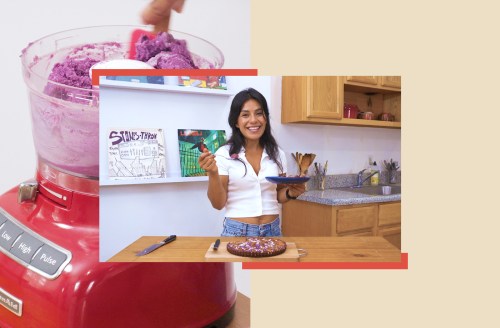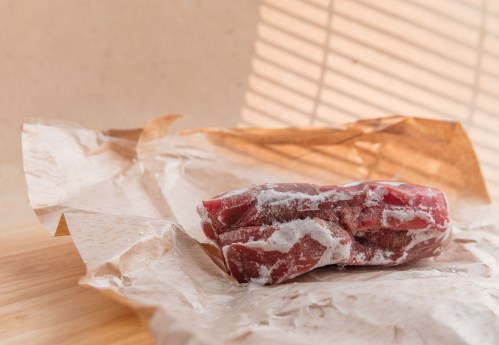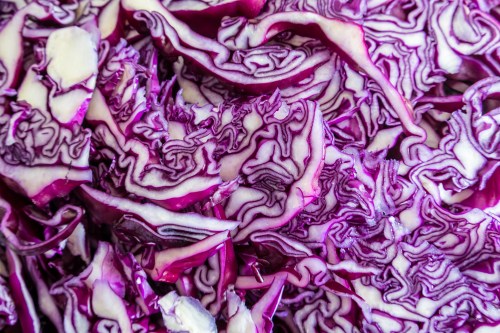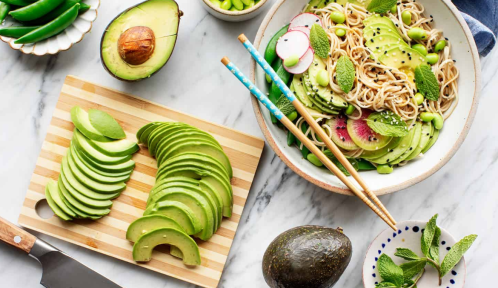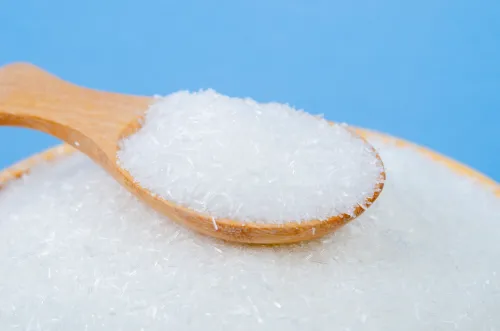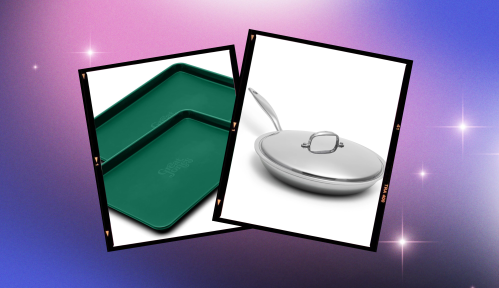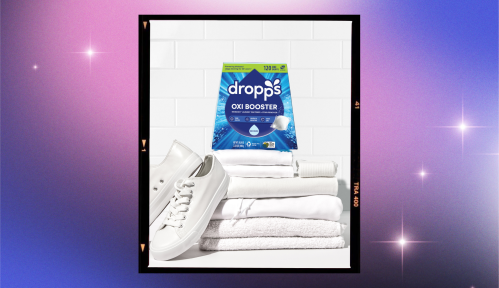This gluten-free sweet potato tart is guaranteed to be a hit at your quarantine Thanksgiving.
Experts in This Article
Barry’s Bootcamp instructor certified in personal training, HIIT, indoor cycling, and TRX
There are some dishes that tend to be considered classic Thanksgiving fare, like roast turkey, cranberry sauce, and sweet potato pie. But if you have specific health or dietary restrictions, sometimes those classics are a bit harder to recreate with swaps and substitutions unless you’re a pro…which is why we enlisted one to share a gluten-free sweet potato pie in the latest episode of our show Alt-Baking Bootcamp.
Host—baker and fitness instructor Sashah Handal—makes her dish with some key swaps and upgrades. “So the really exciting part about this recipe is the Japanese sweet potato that we’re going to use,” Handel says, which are a beautiful bright purple rather than the yellow-orange variety commonly found in the U.S. “I love Japanese sweet potatoes because they are rich in antioxidants, full of fiber, and they add a beautiful color and a rich flavor to any dish that uses them,” she adds. “The richness in color adds this really deep flavor. So imagine sweet potato times one thousand.”
To make the crust gluten-free (and thus suitable for folks with celiac disease or non-celiac gluten intolerance), Handal replaces all-purpose wheat flour with a blend of almond flour, dates, cashews, and pecans. She uses coconut oil and honey as the fat and sweetener that help bind the dry ingredients together. In the filling, she uses the aforementioned sweet potatoes, coconut cream, dates, and maple syrup. (Oh, we’re getting almost all of our favorite sugar substitutes in here.) The result: a sweet dessert that will be gentler on your blood sugar levels thanks to lower-GI sweeteners paired with fiber in the sweet potatoes.
As an added bonus, you can choose your own adventure with this tart, as it can be finished by chilling it in the refrigerator or baking it in the oven. Handal bakes hers in the video, and the result is a delicious, gluten-free sweet potato pie (or tart, depending on your POV) that’s incredibly beautiful thanks to the color of the purple sweet potatoes. Intrigued? Here’s how to make it.
Gluten-free sweet potato tart
Ingredients:
For the crust:1 cup almond flour½ cup cashews½ cup pecans4 Medjool dates1 tablespoon coconut oil
For the filling: 2 cups of Japanese sweet potato (about 3-4 actual potatoes depending on size)1 cup coconut cream6 Medjool dates (soaked)2 tablespoons arrowroot starch1 tablespoon of vanilla2 teaspoons cinnamonPecans, for toppingShredded coconut, for topping (optional)
1. Process all crust ingredients for 1-2 mins, or until everything is combined with small crunchy bits remaining.
2. Press evenly into a pre-greased 9-inch tart pan with removable bottom. Set aside while making the filling (can be made ahead of time and stored in the fridge).
3. Preheat oven to 350 degrees Fahrenheit.
4. Make the filling: Boil sweet potatoes until they are soft enough to pierce with a fork. You can cut them into quarters to reduce boiling time. Once they are cool enough to handle, manually discard skins
5. Place soaked dates and cooled sweet potatoes with coconut cream in a food processor. Process for about 2-4 mins, or until all potatoes have been pureed
6. Add vanilla, cinnamon, and arrowroot starch to the sweet potato mixture. Pulse for 30 seconds, until combined.
7. Pour filling into crust and use a spatula to spread evenly.
8. Bake for 40 minutes, rotating tart halfway through to ensure an even bake.
9. Remove pie from oven, and garnish with nuts or shredded coconut and bake another 5 minutes.
10. Cool for a minimum of 30 minutes to allow the filling to set. Enjoy immediately, or store in the fridge for up to a week.
Oh hi! You look like someone who loves free workouts, discounts for cult-fave wellness brands, and exclusive Well+Good content. Sign up for Well+, our online community of wellness insiders, and unlock your rewards instantly.
Sign Up for Our Daily Newsletter
Get all the latest in wellness, trends, food, fitness, beauty, and more delivered right to your inbox.
Got it, you've been added to our email list.
